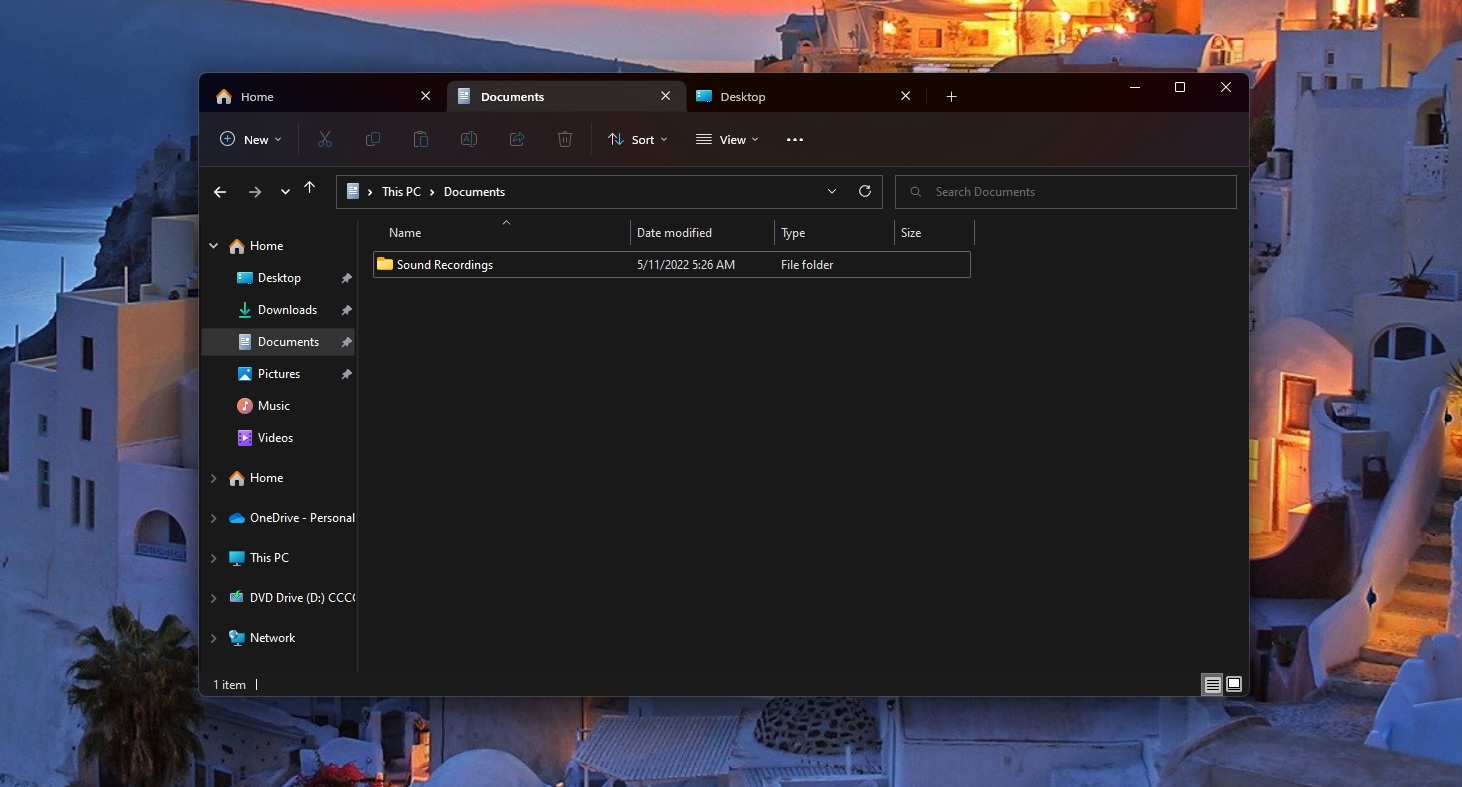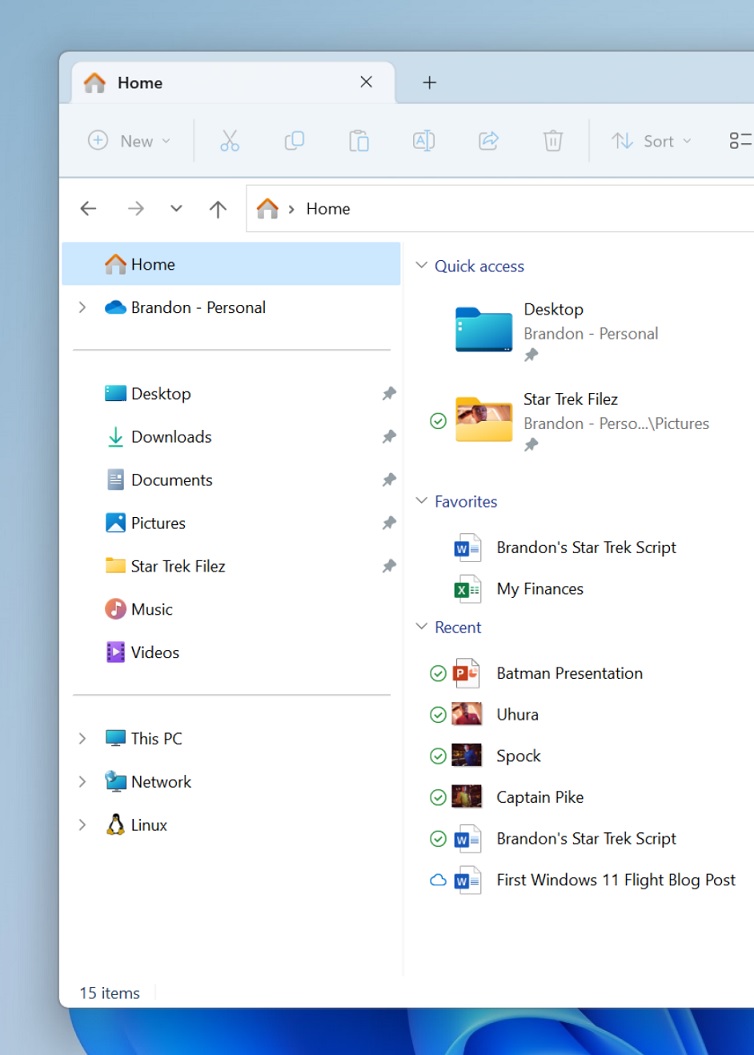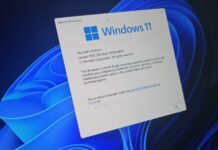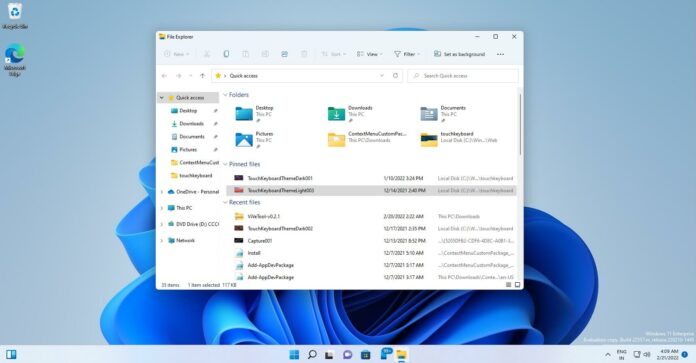Windows 11 is finally getting support for tabs in File Explorer with Sun Valley 2 (version 22H2) which is set to launch in the fall. Browser-like tabs support in File Explorer is finally making it easier for users to be able to switch between different windows. In addition to tabs, File Explorer is also getting a new cluttered free navigation sidebar.
Microsoft is pushing the new File Explorer to Windows 11 in Beta and Dev Channel. The new tabs feature, which is enabled by default, lets you toggle between different windows easily. In other words, you don’t have to open new instances of Explorer every time when you want to browse more than one folder or directory at the same time.
As compared to a full-fledged new window, a new tab within the File Explorer uses minimal memory. We’ve observed this behaviour in our tests and users have also reported similar results. For example, if you launch a new tab, it will only add a few megabytes to the existing File Explorer process.

In fact, the memory usage of File Explorer is increased by only 1MB. This is particularly useful if you have a habit of opening multiple instances/windows of File Explorer. By opening tabs, you can reduce resource usage and still stay productive.
While the update is being rolled out in a phased manner, there is still a chance that Microsoft will make further enhancements to File Explorer performance. Everyone will get this feature right away in Windows 11 22H2 when it launches for the general public in the fall.
Microsoft is apparently testing this new File Explorer with a few users in Windows 11 22H2 or newer. As per the company, File Explorer with tabs and navigation sidebar will start rolling this out to a wider user base in the coming weeks.
While the tabs support promises better performance, File Explorer’s new navigation panel reduces clutter.

As you can see in the above screenshot, File Explorer’s new refreshed layout for the sidebar makes it easy for users to navigate to directories that matter to you. It provides quick access to pinned and frequently used folders and OneDrive cloud profiles which have been already added to Windows.
Microsoft wants to reduce the clutter in File Explorer and make room for features like OneDrive. As a result, known Windows folders are no longer displayed under This PC and the focus is now on hardware drives only.





















